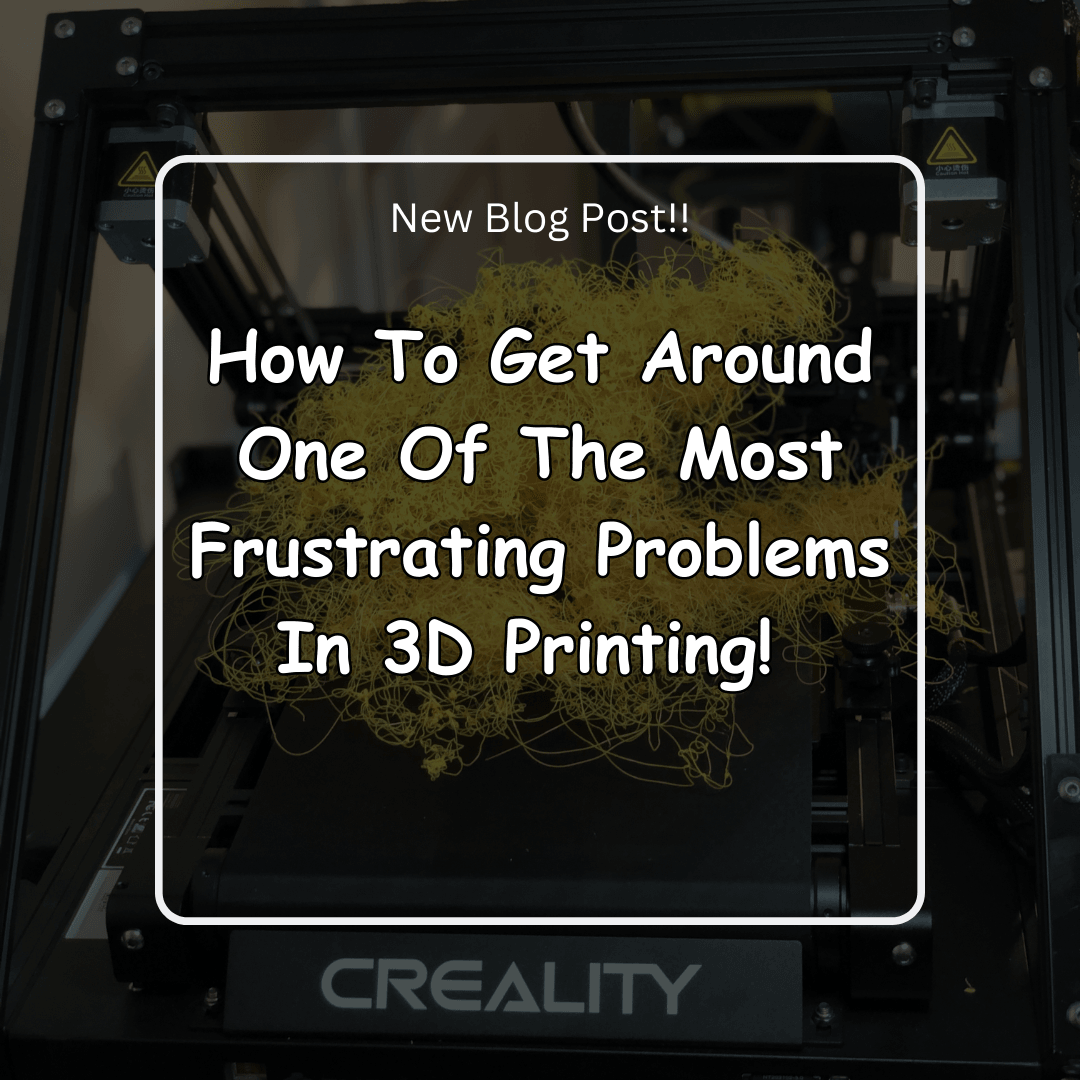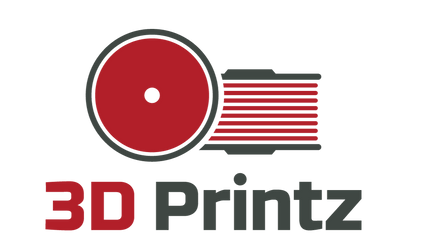
How To Get Around One Of The Most Frustrating Problems In 3D Printing!
3D printing has revolutionised the world of manufacturing, allowing individuals to bring their ideas to life with a few clicks and whirs of a machine.
However, as any 3D printing enthusiast will tell you, it's not always smooth sailing.
One of the most common and frustrating challenges faced by makers is poor bed adhesion, a problem that can lead to failed prints, wasted materials, and countless headaches.
We have all been there at some point in time throughout our printing journey, spending hours perfecting the new design that you want to try, tinkering with settings on the printer to make sure it comes out perfect, and waiting hours for it to finally complete.
Only to return to the printer and find out that the first layers never adhered to the bed! Causing you to be left with this huge pile of what can only be described as ‘filament spaghetti!’
It is one of the most frustrating and disheartening things a maker can endure, and unfortunately this is not the only problem that can be caused by not having a proper bed adhesion. Here are some others:
Warping And Lifting: One of the primary issues arising from poor bed adhesion is warping and lifting. As the printing process progresses, temperature changes and cooling can cause the print to contract unevenly, leading to the corners or edges peeling away from the bed. The result? A distorted and failed print.
Supports Failure: Supports are the printed structures to provide stability, prevent any overhangs and stop the entire print from collapsing when it is being produced. However, if the first layer of the print does not adhere it can render the supports useless, and they can fail to hold their position, meaning the print can easily collapse on itself!
Filament Woes: Inadequate bed adhesion can also cause problems with the filament itself. Filaments may curl, tangle, or even break during the printing process, leading to wasted material, increased costs, and a lot of frustration.
Prints Welded To The Bed: Even though this may sound like you did get a good bed adhesion, this can still be a huge problem for makers when they try to remove the print due to the print being practically ‘welded’ to the bed. It can make it near on impossible to remove when complete. Meaning you have to try and force it off and can risk damaging the bed and the print itself!
Despite the huge challenges posed by poor bed adhesion, a glimmer of hope is on the horizon. Innovative minds within the 3D printing community have been hard at work, tirelessly creating a solution to this persistent problem.
An innovative way to simplify the entire process of getting proper bed adhesion, eliminating the frustrations and struggles that come from failed prints and wasted filament.
This amazing product is produced by WhamBam, you may have already heard of it. It is called their Flexi Build Plate System, and it has revolutionised the way 3D printing enthusiasts have been able to deal with poor bed adhesion.
With their PEX and PEI build surfaces that promote one of the best bed adhesions people have seen, you no longer need to rely on things such as glue sticks, blue tape, parcel tape, galorite or standard buildtak plates.
You can rely on the Flexible Build Plate System to stick your prints from the very first layer and hold the print in place the entire way through the process. Also, as an added benefit with WhamBams product, when you finish the print, you never need to worry about trying to remove the print from the plate.
A quick flex of the build plate and the print just pops straight off, making it an effortless task from beginning to end!
So what are you waiting for? Invest into a WhamBam Build plate today and save yourself time, money and effort when printing even some of the most demanding prints.
Go To Wham Bam On Our Store To Purchase Yours Today!

Leave a comment